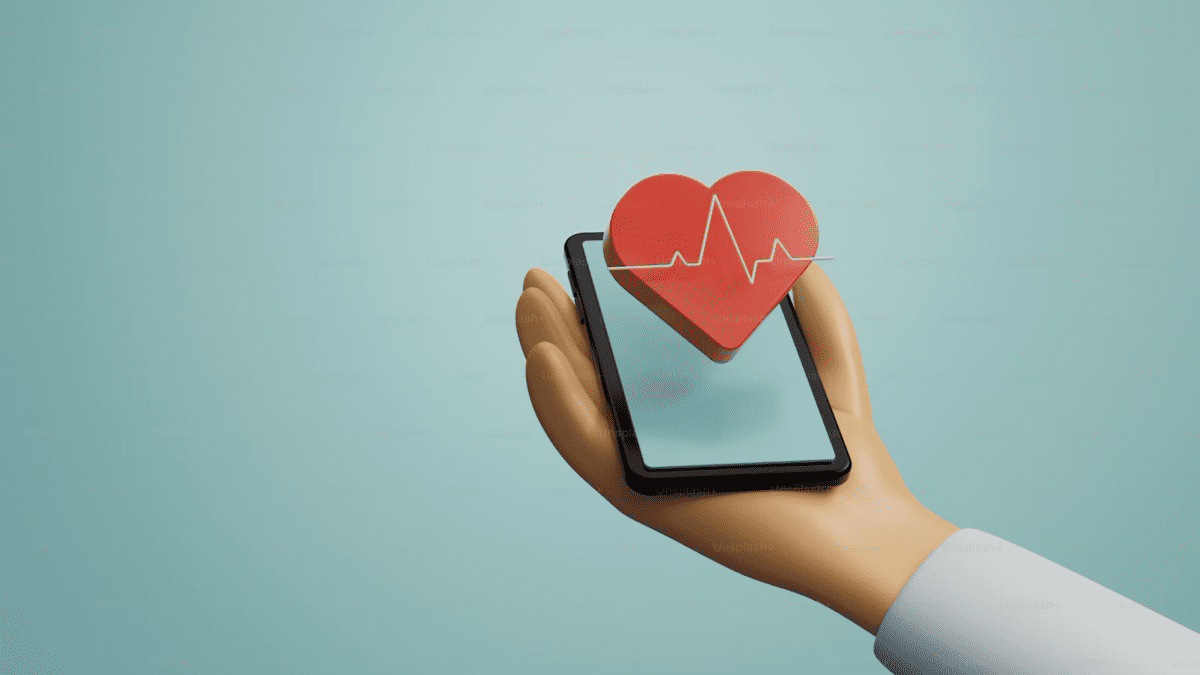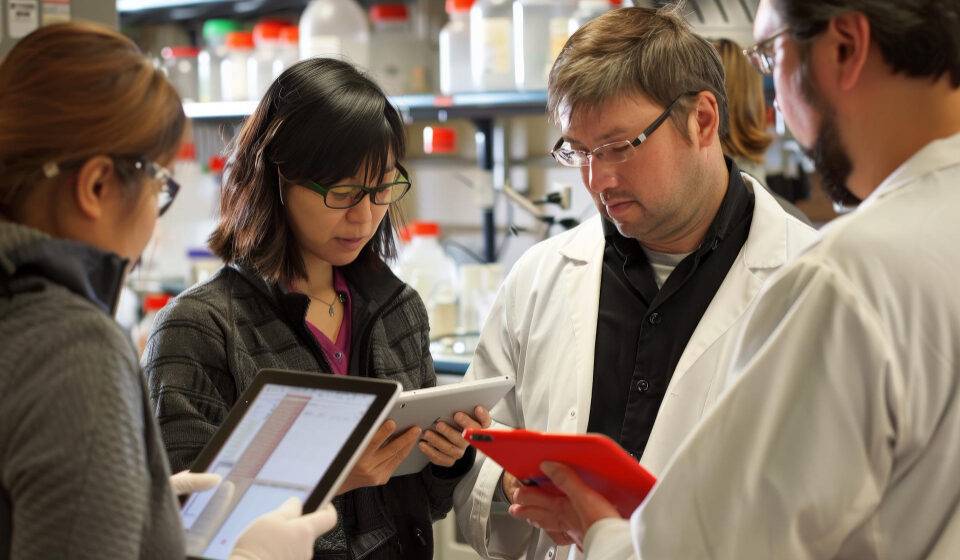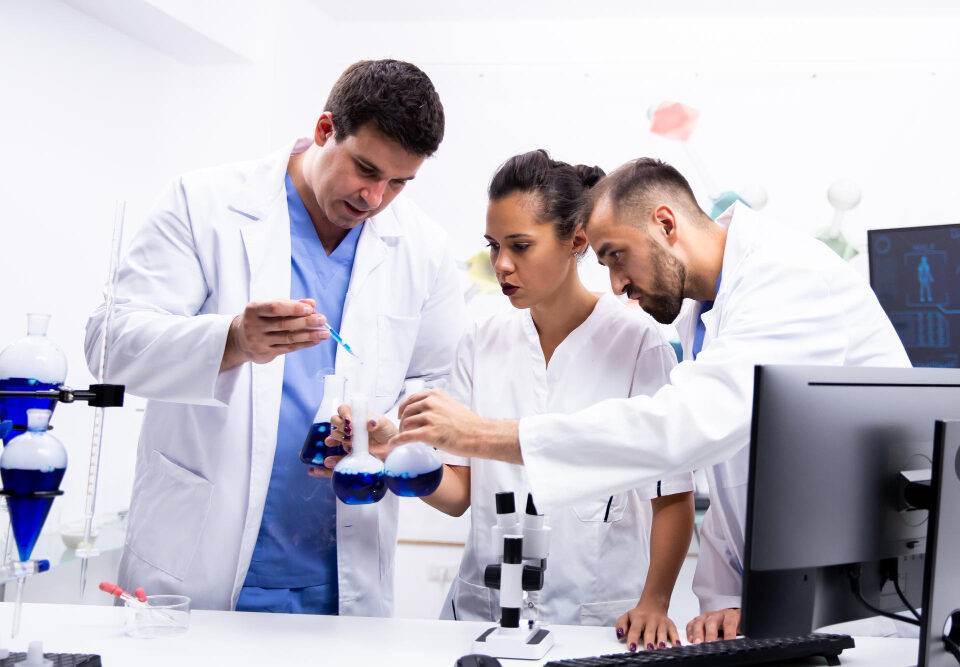
With the help of mobile technologies, drug safety can now be improved for the benefit of patients, regulators, and medical professionals. The main features and ways they assist are as follows:
The Benefits of Mobile Technologies for Better Adherence and Compliance in Drug Safety
Mobile applications can improve patient adherence to recommended regimens by sending reminders for medication schedules. Adverse event reporting apps enhance pharmacovigilance by allowing patients and healthcare professionals to notify pharmaceutical companies or regulatory bodies directly of adverse drug reactions (ADRs).
- Information on Drugs
To reduce medication errors, patients and healthcare professionals can access the most recent information about drug interactions, side effects, and contraindications. - Observation and Analysis
Apps and wearable technology can track patient health metrics in real-time, identifying possible adverse effects early. - Clinical Guidance
Mobile tools can provide alerts regarding drug interactions or allergies, which can help medical professionals make well-informed prescription decisions. - Individualized Healthcare
By integrating with genomic data, mobile platforms can provide insights into how people may react to medications. - Knowledge and Consistency
Patients can learn about possible risks and how to take medications properly by watching videos and receiving educational materials. - Drug Interaction Checkers
Essential Features of Mobile Technologies for Drug Safety. Help medical professionals find potentially dangerous drug interactions. - Adverse Event Reporting Mechanisms
integrated submission forms for ADRs to the FDA and WHO, among other regulatory agencies. - Monitoring Health in Real-Time
IoT or wearable integration to track vital signs and identify irregularities. - Drug Recall Geolocation
notifications of safety alerts or medication recalls according to the user’s location. - Safe Storage and Exchange of Information
Safeguard patient information while facilitating easy exchange with medical professionals. - Support in Multiple Languages
Make your interfaces multilingual to appeal to a wide range of users. - EHR (Electronic Health Record) Integration
Facilitate the easy retrieval and updating of patient records to improve clinical judgment. - Combining Machine Learning (ML) with Artificial Intelligence (AI)
Utilize extensive dataset analysis to forecast possible safety concerns or enhance individual therapies. An app is used by a patient to report new drug side effects straight to a regulatory database. - Scanning Barcodes to Verify Drugs
Verifying the authenticity of medication packaging and looking for recalls.
Applications
Using a regulatory database and an app, a patient reports adverse effects from a new drug. A recalled medication is also communicated to a doctor. Wearable technology also warns users of possible drug side effects and the need for immediate medical attention when it detects an irregular heartbeat. Mobile tools can greatly improve medication safety, lower risks, and give patients and healthcare providers useful information by utilizing these technologies.
Explore More:
- Discover how Sollers College empowers healthcare professionals with specialized training programs in Drug Safety and Pharmacovigilance.
- Stay updated on the latest trends in healthcare technologies by visiting our blog section.



